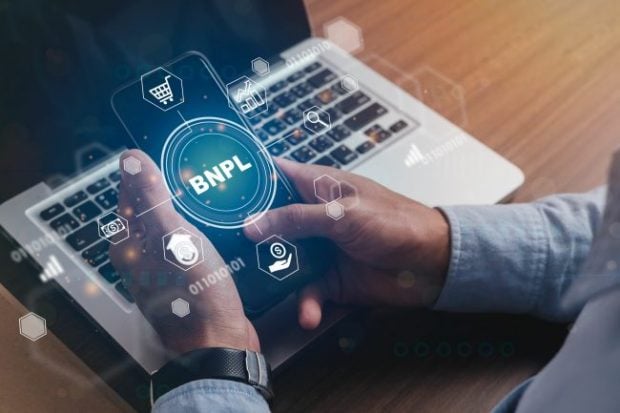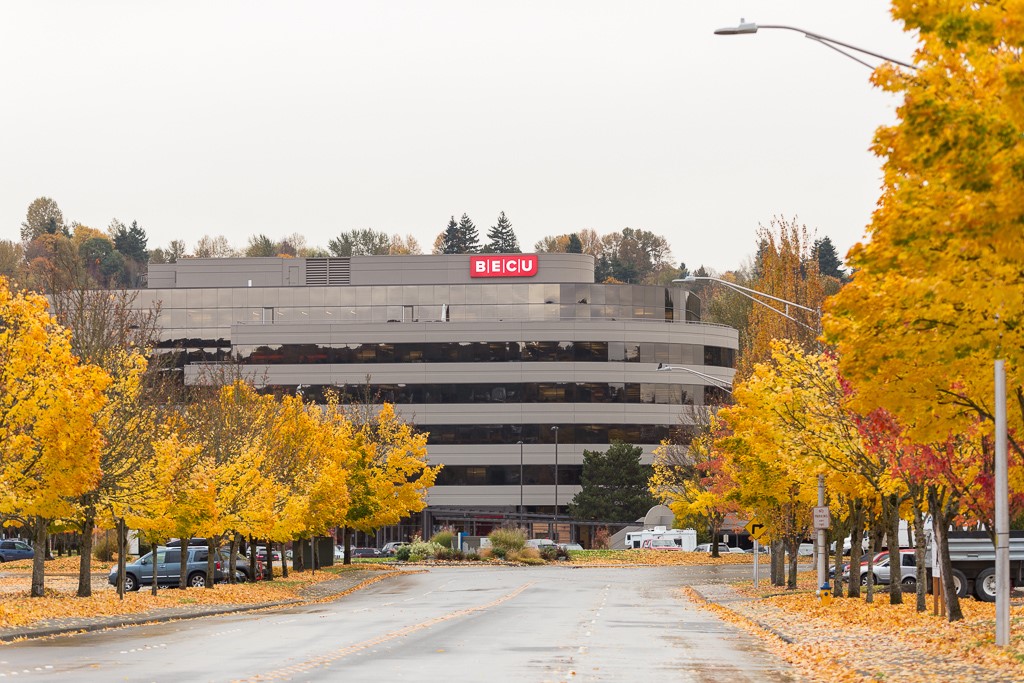 Source: Adobe Stock
Source: Adobe Stock
A CFPB study found people using Buy Now, Pay Later (BNPL) plans have other credit options, but the BNPL plans are cheaper than their next-best tool: Credit cards.
The CFPB released the report, "Consumer Use of Buy Now, Pay Later," on March 2. It showed 88% of BNPL users have an open credit card, compared with 75% among non-users. And most of the users have low credit scores, so that if they make their payments on time, they pay zero interest, compared with an annual rate of 19% to 23% if they used their credit cards.
Recommended For You
"A common misconception of Buy Now, Pay Later borrowers is that they lack access to other forms of credit. Our analysis shows that these borrowers are more likely to use other credit products," CFPB Director Rohit Chopra said. "Since Buy Now, Pay Later is like other forms of credit, we are working to ensure that borrowers have similar protections and that companies play by similar rules."
 Rohit Chopra
Rohit Chopra The researchers defined BNPL plans as zero-interest, pay-in-four (or fewer) installment loans used to make purchases at the point of sale. They said these credit products differ from traditional installment loans in important ways: The average loan amount is $135 over six weeks compared to $800 for traditional installment loans over a period of eight to nine months; and BNPL is offered at 0% interest, while traditional installment loans charge interest.
"Buy Now, Pay Later" began gaining ground in the United States in 2019. From 2019 to 2021, the number of BNPL loans rose almost 10 fold. "Yet despite this rapid growth, little is known about the characteristics of consumers who borrow using the pay-in-four product and how the use of BNPL relates to their traditional credit and savings behavior," the CFPB researchers said.
The researchers studied data from a 2022 CFPB survey to identify pay-in-four borrowers, and the CFPB's Consumer Credit Panel, which contains an anonymized sample of credit bureau records to explore differences across demographic groups as well as their credit and savings behaviors.
Overall, they found BNPL borrowers appeared not only to have access to traditional credit, but to be using it in addition to BNPL at higher rates than non-BNPL consumers.
They also found BNPL users might be more likely than non-BNPL users to also borrow using payday loans and other small-dollar loans due to their lower average credit scores and income.
Between the first quarter of 2021 and the first quarter of 2022, 17% of consumers borrowed using BNPL. Consumers of every age and income group, education level, race, ethnicity and credit score used BNPL, but some groups were much more likely than others to borrow using BNPL:
- Black, Hispanic and female consumers had a much higher probability of use compared to others
- Consumers with annual household income between $20,001 and $50,000.
- Consumers under the age of 35.
- BNPL borrowers were much more likely to be highly indebted, revolve on their credit cards, have delinquencies in traditional credit products and use high-interest financial services such as payday, pawn and overdraft compared to non-BNPL borrowers.
- They are more likely to have lower liquidity and savings compared to non-BNPL borrowers.
"However, markers of financial distress were apparent for these consumers even prior to the widespread usage of BNPL starting in 2019," the researchers said. "An important question for future research is whether BNPL improves the financial health of consumers in distress or exacerbates these differences."
© Touchpoint Markets, All Rights Reserved. Request academic re-use from www.copyright.com. All other uses, submit a request to [email protected]. For more inforrmation visit Asset & Logo Licensing.







